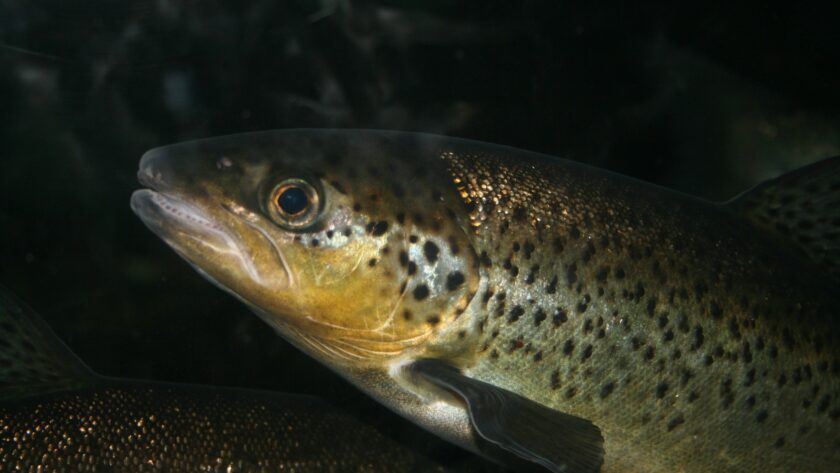Using soft lures for trout fishing is a common practice, and it is essential to take care of the details involved. Among the necessities to be considered is the proper mounting of your soft lure.
Use ready-to-assemble lures
This alternative is especially suitable for people who are new to fishing. It will make your job much easier, and if you want to have fun without having too much experience, this is a good option. Properly rigging a soft lure for trout is only required if you are going to get a bit more serious about fishing.
When you have to mount the soft lure yourself, you have much more control over the parameters that affect it. For the rod-ready model, you let someone else choose these details for you. On the other hand, with experience you will be able to make better choices in this area.
Choosing the right weight of the sinker head
The weight of the lead head is the weight of the bait to be thrown into the water. Here, it is important to decide according to the type of fishing you are going to do. Among the parameters on which you can decide, there is the location of the lead head, but also the weight of it.
Choosing the right weight for your soft trout lure will affect the way you fish. Limiting the weight will be suitable for light fishing, and increasing it will have the opposite effect.
The shape of the lead head to use
It is possible to decide on the shape of the lead head depending on what you want to achieve with the soft trout lure. This will affect the way the bait moves in the water once it is put in.
You can go for the round format, the football format which imitates a rugby ball, and the gliding format. Each of these models has its own specificities, and will allow you to do a particular style of fishing rather than another.
How to set up a soft lure for trout
One of the simplest options you can apply is the classic trout lure rig. In this case, the lead head is connected directly to the lure, and the hook is placed about a third of the way along the lure.
In the case of a toc rig, the lead head is placed at a certain distance from the lure. The distance in question is to be decided on a case by case basis, but in general, it will be easier for the trout to swallow the lure. The lure will be more mobile, and will be more subject to the movements of the water current, and therefore more easily attracted to it.









